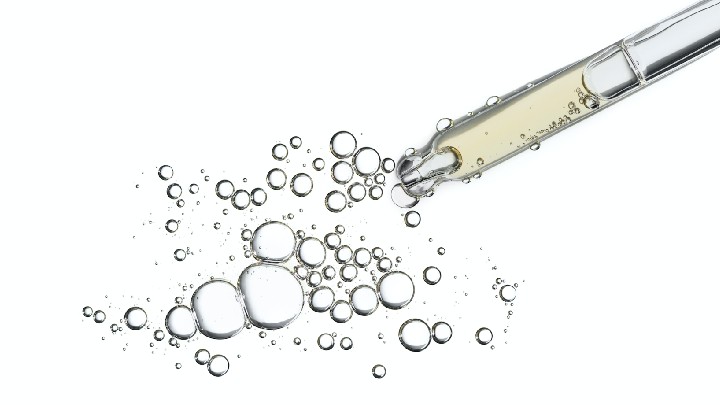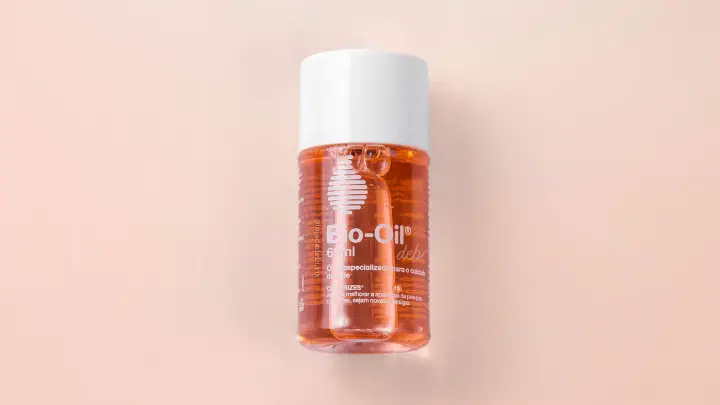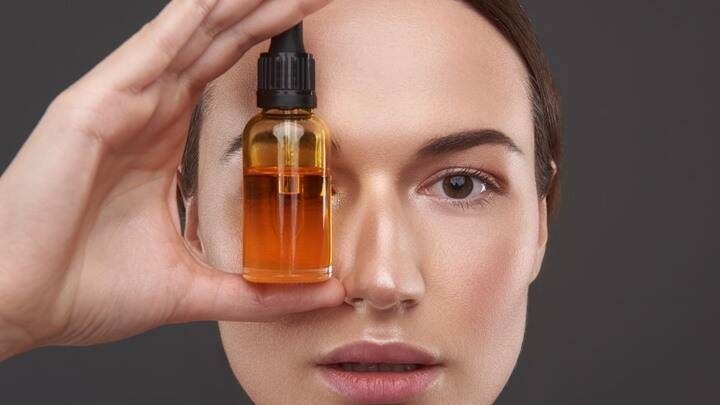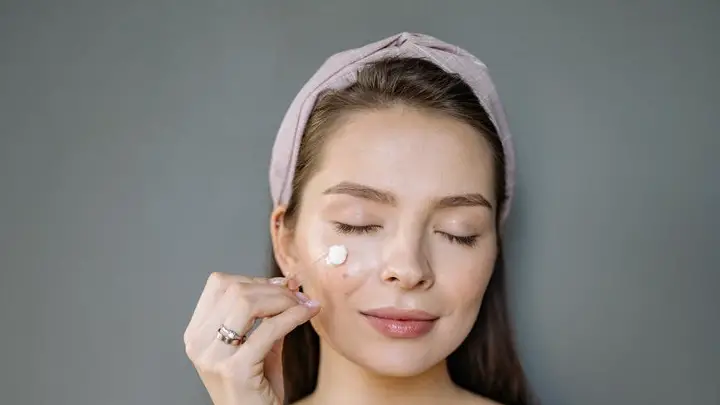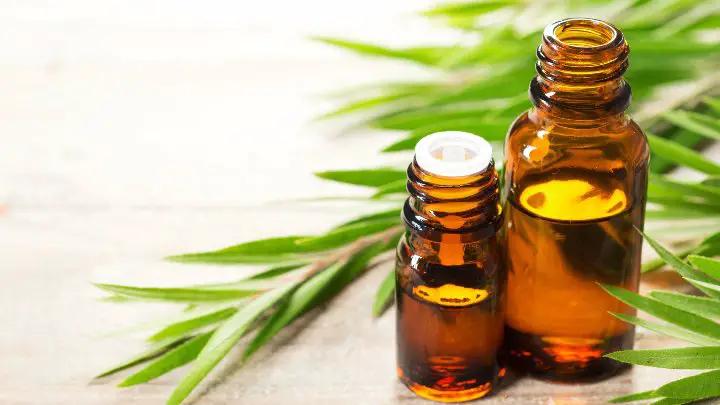Retinol is a common anti-aging ingredient that is derived from vitamin A. However, retinol does not only work for antiaging, it works to treat other skin issues such as acne. If you are wondering how to use retinol for acne, this article is for you.
If you have had to deal with acne breakouts for a long time, and you are yet to get a product that works to treat acne, you may want to consider using retinol for your acne.
Retinol is a topical product that helps to stimulate the production of essential proteins in the skin, such as collagen and elastin. You can get yourself an OTC retinol product, as retinol is available as a cream, gel, or serum.
To effectively use retinol for acne treatment without triggering side effects, you have to learn to apply it appropriately. This article provides you with a step-by-step guide on how to use retinol to treat acne on your skin.
How to Use Retinol to Treat Acne
According to board-certified dermatologist, Kaveri Karhade, MD, using retinol correctly on skin affected by acne will help to reduce acne breakout on the skin. Therefore, it is important to use retinol correctly on the skin. This will help to aid the efficiency of the product on the skin.
To use retinol on the skin, you have to be sure that your skin is not allergic to it. Do a patch test by applying a pinch of the retinol product at the back of your ear. After 48 hours, check for any allergic reactions such as hives, extreme swelling, and skin irritation.
If there is none, you can proceed to use your retinol product as an acne treatment. However, do not continue to use the product if you get any allergy reaction as a result of doing the patch test.
How to use retinol in skincare routine:
- Cleanse your face gently with mild soap to remove dirt from your face, and blot your face dry using a clean, soft towel.
- Apply an eye cream or serum to the delicate skin around your eyes, as this will help to protect it from getting irritated by retinol.
- Wait for your face to be completely dry before you apply your retinol to the affected skin.
- Apply only a pinch of the product to cover the area of your face while avoiding sensitive parts of your face. Such as your under-eye.
- After you are done applying the product to your skin, wait for a few minutes. Then layer your moisturizer to prevent the drying effect of retinol.
Other useful application tips:
- Before you apply retinol, apply a gentle moisturizer around your eyes, the corner of your nose, and also the edge of your nose.
- When using acne, make sure you pause on using other active ingredients, because combining retinol with other active ingredients can cause inflammation on the skin.
- Moisturizing your skin is a must after using retinol, as this will help to prevent your skin from flaking or becoming red.
Does Retinol Really Work for Acne?
Acne often develops on the skin when the oil in the skin mixes with dead skin cells to block skin pores. This may cause bacteria to mix with the blockage, thereby resulting in inflammation of the skin.
Using retinol on the affected area of your skin will help to unclog your pores. This will help to prevent further clogging of pores by dead skin cells.
A 2017 study reveals that topical retinoids, such as retinol, work for treating both non-inflammatory and inflammatory acne. While another study posits that retinoids can also help to regulate sebum(natural oil) production in the skin, to control acne breakouts.
Retinol does help the skin to unclog skin pores to reduce acne breakout. It also reduces the appearance of acne scars.
How Does Retinol Work to Help Treat Acne?
When you use retinol on your skin, your body converts retinol and retinoic acid when it gets to the skin cells, and this enables the compound to work on the skin effectively.
According to Dr. Marisa Garshick, MD, a dermatologist at Medical Dermatology & Cosmetic Surgery, retinol helps to unclog and prevent further clogging of the pores. It also helps in regulating the production of sebum(oil), reduces inflammation, and eliminates acne scars, she stated further.
Shari Marchbein, MD, a board-certified dermatologist says that “retinol works to boost skin cell turnover and this helps to reduce skin inflammation and regulate the production of sebum in the skin.”
Retinol also helps to reduce the appearance of acne scars on the skin. “Not only does it prevent the pores from getting clogged by dead skin cells and oil, but it also sloughs dead skin off from the surface of the skin to reveal new ones,” Dr. Marchbein stated further.
Excess sebum production in the skin leads to the clogging of pores. When bacteria get into the clogged oil, there is a breakout of acne on the skin. Acne leaves behind acne scars on the face. These bumps and scars are not pleasant to the eyes. That is another thing retinol works for.
According to a dermatologist at the Columbia University Irving Medical Center, Lindsey Bordone, MD, “retinol helps in the regulation of sebum production in skin cells and this helps to prevent excess oil from clogging your pores.”
Retinol helps to increase cell turnover rate in the skin to help reduce the appearance of scars and spots caused by acne, she says.
When Should You Use Retinol?
According to Dr. Heather Rogers, a board-certified dermatologist and esthetician, the best time to use a retinol product are at night. The skin is known to be more permeable to accommodate skincare products at this time of the day.
After washing your face at night, apply your retinol product by following the instructions provided to you on how to use retinol for acne treatment.
How Much Retinol Should You Use?
Dr. Rogers says that redness and flaking only happen when retinol is overused on the skin. Therefore, a pea-sized amount of retinol is enough to help your skin eliminate unwanted issues such as acne.
Retinol is an active ingredient, and using too much of it can cause serious side effects. If you are a first-time retinol user, ensure that you do not rush into it and begin to overuse it because of its benefits.
With retinol, little does more good than too much. Do not be tempted to overuse this ingredient on your skin. Also, ensure that you build up your usage frequency gradually to be able to use it daily.
How Often Should You Use Retinol as an Acne Treatment?
According to Elyse Love, MD, a dermatologist and skincare expert, you need to use a strong form of retinol to treat acne. However, you cannot start all strong with the use of retinol on your face as it can cause the appearance of annoying side effects.
You will need to build up your skin’s tolerance of the product by starting with a low usage frequency. Start by applying a pinch of the product on your face only once for the first week of trying it out.
After that, you can move on to twice weekly for the next two weeks. After which you can try 3 times weekly for the next 3 weeks. Continue this upgrade method till you can achieve a nightly use of retinol on your skin without irritating it.
If you have hypersensitive skin, you might not achieve a nightly usage of the product on your skin. Constant usage of the product on your skin can cause your skin to go into revolt mode.
But not to worry, using a little amount of retinol will still go a long way to improve the appearance of your acne scars.
How Long Does It Take Retinol to Treat Acne?
According to Bordone, it takes three months of consistent use of retinol for the compound to help treat acne on the skin.
Therefore, do not expect magic to happen when you use the product. Be patient and consistent with your usage. This is the key to eliminating both acne and acne scars from your skin.
Frequently Asked Questions
Will retinol help to reduce acne scars?
Yes, it will. Retinol helps to reduce the appearance of acne scars. It enhances the skin cells to increase the rate of cell turnover.
This helps the skin to slough off dead skin cells by developing new ones to replace them.
How do you know if retinol is working on your acne?
You will notice the work in the reduction in the rate at which your skin breaks out, and also in the appearance of your acne scars.
Although, when you start using retinol on your face, your skin may experience a fresh round of acne breakout but not to worry. It is the retinol working to purge the acne from your skin.
How should you start using retinol on your skin?
Start by getting a retinol product in a concentration that is not too high for your skin type. For dry, sensitive, and thin skin, go for a lower concentration of retinol product. If you have thick or oily skin, a high concentration of about 0.25% is best for your skin.
Now start by applying only a pinch of the product on your skin only once or twice for the first week and build up a nightly usage as time goes on.
Conclusion
Retinol is a topical product that helps to stimulate the production of essential proteins in the skin, such as collagen and elastin. Acne often develops on the skin when the oil in the skin mixes with dead skin cells to block skin pores.
This may cause bacteria to mix with the blockage, thereby resulting in inflammation of the skin. Using retinol on the affected area of your skin will help to unclog your pores, and this will help to prevent further clogging of pores by dead skin cells.
Using retinol correctly on skin affected by acne will help to reduce acne breakout on the skin. Therefore, it is important to use retinol correctly on the skin as this will help to aid the efficiency of the product on the skin.
Thanks for reading.
Was this guide helpful? Visit Serum101 for more guides on how to use your skincare products correctly on your skin to treat certain skin issues.
